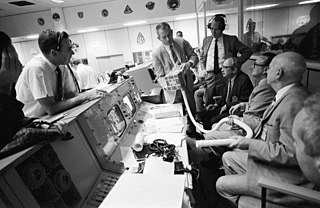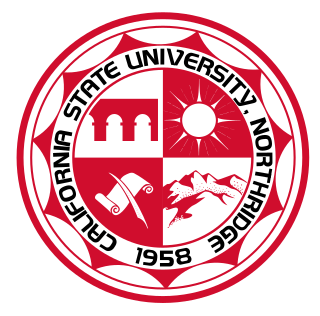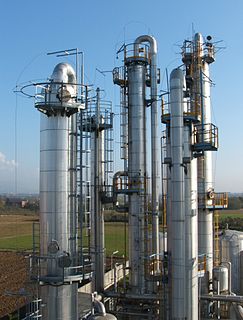
Chemical engineering is a branch of engineering that uses principles of chemistry, physics, mathematics, biology, and economics to efficiently use, produce, design, transport and transform energy and materials. The work of chemical engineers can range from the utilisation of nano-technology and nano-materials in the laboratory to large-scale industrial processes that convert chemicals, raw materials, living cells, microorganisms, and energy into useful forms and products.
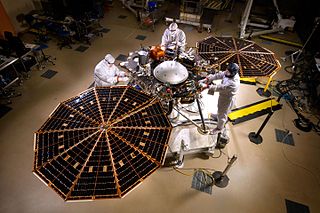
Engineering is the use of scientific principles to design and build machines, structures, and other items, including bridges, tunnels, roads, vehicles, and buildings. The discipline of engineering encompasses a broad range of more specialized fields of engineering, each with a more specific emphasis on particular areas of applied mathematics, applied science, and types of application. See glossary of engineering.
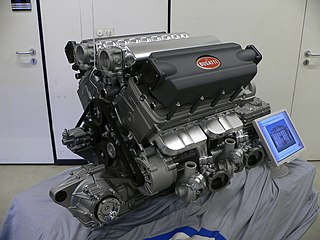
Mechanical engineering is the discipline that applies engineering physics, engineering mathematics, and materials science principles to design, analyze, manufacture, and maintain mechanical systems. It is one of the oldest and broadest of the engineering disciplines.

Systems engineering is an interdisciplinary field of engineering and engineering management that focuses on how to design and manage complex systems over their life cycles. At its core, systems engineering utilizes systems thinking principles to organize this body of knowledge. The individual outcome of such efforts, an engineered system, can be defined as a combination of components that work in synergy to collectively perform a useful function.
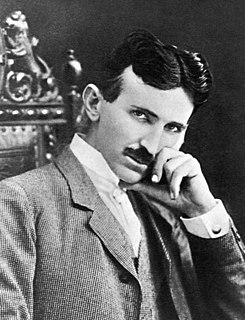
Engineers, as practitioners of engineering, are professionals who invent, design, analyze, build, and test machines, systems, structures and materials to fulfill objectives and requirements while considering the limitations imposed by practicality, regulation, safety, and cost. The word engineer is derived from the Latin words ingeniare and ingenium ("cleverness"). The foundational qualifications of an engineer typically include a four-year bachelor's degree in an engineering discipline, or in some jurisdictions, a master's degree in an engineering discipline plus four to six years of peer-reviewed professional practice and passage of engineering board examinations.

An apprenticeship is a system of training a new generation of practitioners of a trade or profession with on-the-job training and often some accompanying study. Apprenticeships can also enable practitioners to gain a license to practice in a regulated profession. Most of their training is done while working for an employer who helps the apprentices learn their trade or profession, in exchange for their continued labor for an agreed period after they have achieved measurable competencies. Apprenticeship lengths vary significantly across sectors, professions, roles and cultures. People who successfully complete an apprenticeship in some cases can reach the "journeyman" or professional certification level of competence. In others can be offered a permanent job at the company that provided the placement. Although the formal boundaries and terminology of the apprentice/journeyman/master system often do not extend outside guilds and trade unions, the concept of on-the-job training leading to competence over a period of years is found in any field of skilled labor.
Nondestructive testing (NDT) is a wide group of analysis techniques used in science and technology industry to evaluate the properties of a material, component or system without causing damage. The terms nondestructive examination (NDE), nondestructive inspection (NDI), and nondestructive evaluation (NDE) are also commonly used to describe this technology. Because NDT does not permanently alter the article being inspected, it is a highly valuable technique that can save both money and time in product evaluation, troubleshooting, and research. The six most frequently used NDT methods are eddy-current, magnetic-particle, liquid penetrant, radiographic, ultrasonic, and visual testing. NDT is commonly used in forensic engineering, mechanical engineering, petroleum engineering, electrical engineering, civil engineering, systems engineering, aeronautical engineering, medicine, and art. Innovations in the field of nondestructive testing have had a profound impact on medical imaging, including on echocardiography, medical ultrasonography, and digital radiography.
Structural engineers analyze, design, plan, and research structural components and structural systems to achieve design goals and ensure the safety and comfort of users or occupants. Their work takes account mainly of safety, technical, economic and environmental concerns, but they may also consider aesthetic and social factors.
A Bachelor of Engineering is a first professional undergraduate academic degree awarded to a student after three to five years of studying engineering at an accredited university. In the UK, a B.Eng. degree will be accredited by one of the Engineering Council's professional engineering institutions as suitable for registration as a incorporated engineer or chartered engineer with further study to masters level. In Canada, the degree from a Canadian university can be accredited by the Canadian Engineering Accreditation Board (CEAB). Alternatively, it might be accredited directly by another professional engineering institution, such as the US-based Institute of Electrical and Electronics Engineers (IEEE). The B.Eng. contributes to the route to chartered engineer (UK), registered engineer or licensed professional engineer and has been approved by representatives of the profession.
Reliability engineering is a sub-discipline of systems engineering that emphasizes dependability in the lifecycle management of a product. Reliability, describes the ability of a system or component to function under stated conditions for a specified period of time. Reliability is closely related to availability, which is typically described as the ability of a component or system to function at a specified moment or interval of time.
Applied mechanics is a branch of the physical sciences and the practical application of mechanics. Pure mechanics describes the response of bodies or systems of bodies to external forces. Some examples of mechanical systems include the flow of a liquid under pressure, the fracture of a solid from an applied force, or the vibration of an ear in response to sound. A practitioner of the discipline is known as a mechanician.

Pulchowk Campus commonly known as Pulchowk Engineering Campus is one of the five constituent campuses of the Tribhuvan University, Institute of Engineering in Nepal and is one of the best engineering colleges in Asia. This is central campus of Institute of Engineering(IOE), in Lalitpur city. This campus offers Bachelor’s course, Master’s courses and Doctoral programmes.
The following outline is provided as an overview of a topical guide to design:

Daxcon Engineering, Inc., is a company headquartered in Bartonville, Illinois, that provides engineering and manufacturing consultation to the Defense & Aerospace, Mining & Construction, Automotive, Consumer Products, and Agriculture industries. On 15 January 2010, it was acquired by Infotech Enterprises America Inc., which is now a wholly owned subsidiary of Cyient, a firm in India.
Jan Roskam is the emeritus Deane E. Ackers Distinguished Professor of Aerospace Engineering at the University of Kansas. He is the author of eleven books on airplane design and flight dynamics and over 160 papers on the topics of aircraft aerodynamics, performance, design and flight controls. He founded the company DARcorporation with Willem Anemaat.
Manufacturing Engineering is a branch of professional engineering that shares many common concepts and ideas with other fields of engineering such as mechanical, chemical, electrical, and industrial engineering. Manufacturing engineering requires the ability to plan the practices of manufacturing; to research and to develop tools, processes, machines and equipment; and to integrate the facilities and systems for producing quality products with the optimum expenditure of capital.
NEi Software, founded as Noran Engineering, Inc. in 1991, is an engineering software company that develops, publishes and promotes FEA software programs including its flagship product NEi Nastran. The FEA algorithms allow engineers to analyze how a structure will behave under a variety of conditions. The types of analysis include linear and nonlinear stress, dynamic, and heat transfer analysis. MCT, PPFA, dynamic design analysis method, optimization, fatigue, CFD and event simulation are just some of the specialized types of analysis supported by the company.
Industrial and production engineering (IPE) is an interdisciplinary engineering discipline that includes manufacturing technology, engineering sciences, management science, and optimization of complex processes, systems, or organizations. It is concerned with the understanding and application of engineering procedures in manufacturing processes and production methods. Industrial engineering dates back all the way to the industrial revolution, initiated in 1700s by Sir Adam Smith, Henry Ford, Eli Whitney, Frank Gilbreth and Lilian Gilbreth, Henry Gantt, F.W. Taylor, etc. After the 1970s, industrial and production engineering developed worldwide and started to widely use automation and robotics. Industrial and production engineering includes three areas: Mechanical engineering, industrial engineering, and management science.
Alexander Alexandrovitch Nikolsky was a Russian-born American aeronautical engineer who worked in the domain of rotary-wing aircraft.
